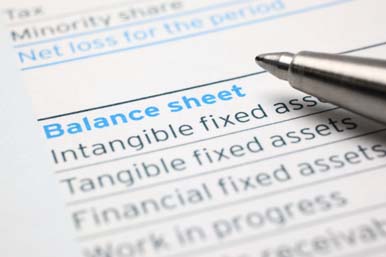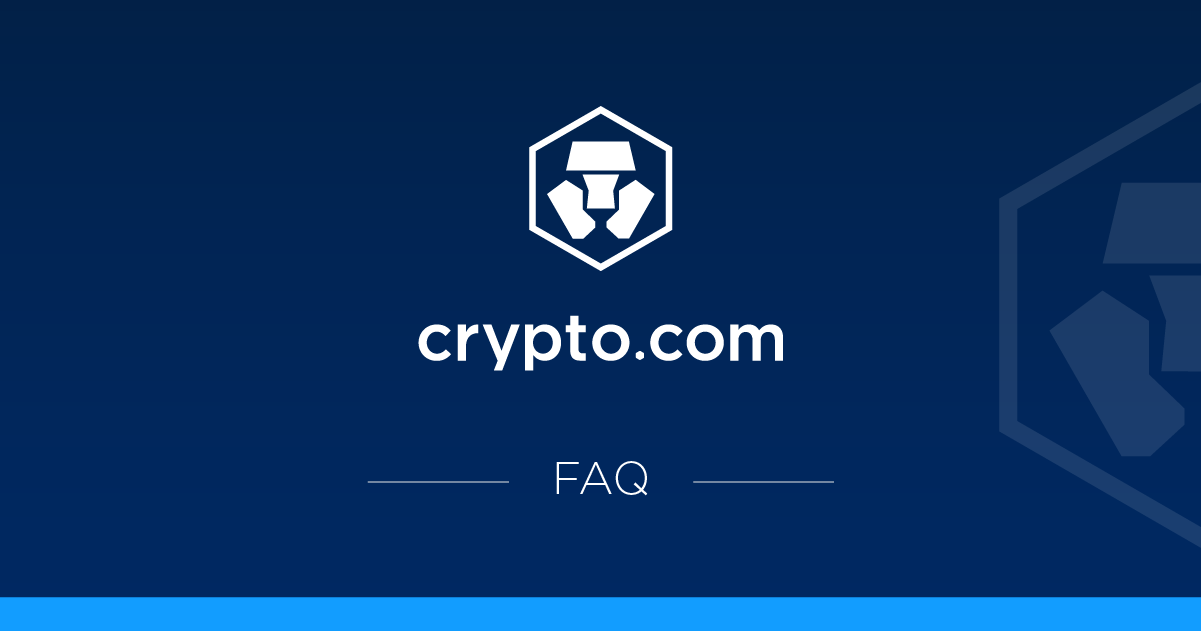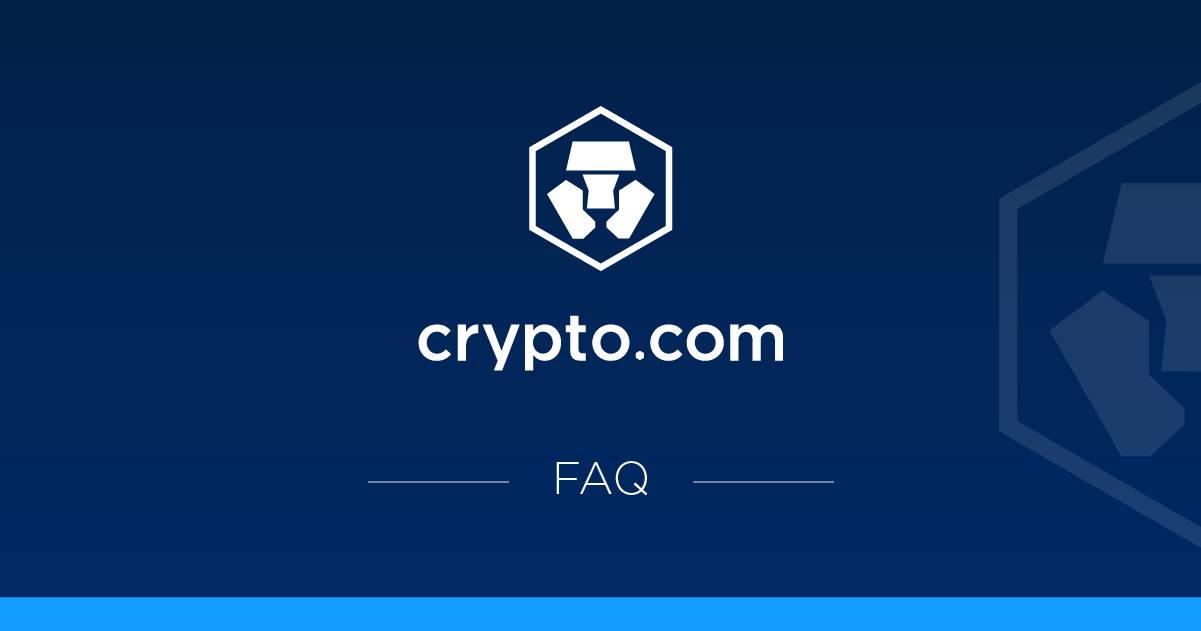The balance sheet is broken up into three sections: assets, liabilities and owner's equity. These terms have different meanings in accounting than they do in everyday use. Let us first go through some of the terms that we will be frequently using throughout the course of this book, starting with “assets.”
Assets are the economic resources that a business owns and plans to utilize in the creation of money and profits. They are usually acquired by the firm at a specific monetary cost in order to carry on its operations. In order for an item to qualify as an asset, it must fulfill two criteria:
It must be owned by the organization. (Ownership refers to the exclusive right to possess and use a particular item.)
It must have monetary value.
Assets can be further classified into “fixed assets” and “current assets.” Fixed assets are those that have been acquired for use over a relatively long period, like a plant or machinery. Current assets are those assets that are held by the firm for a very short period of time, such as stock, cash or inventories.
Assets can also be divided according to the properties they possess, into two categories: tangible or intangible. A tangible asset is one that can be seen and touched, such as a plant or machinery. An intangible asset is one that cannot be seen or touched, such as a patent or goodwill.
What are liabilities?
Liabilities are what the business owes other people, such as loans and accounts payable. They are described as claims on the business’s assets. Common examples of liabilities include loans, accounts payable and deferred revenue.
The company’s liabilities are usually divided into two main groups:
Current Liabilities (also called “Short-Term Liabilities”)—These are liabilities that the company must pay within a year, including:
Credit from Suppliers—Usually, when a company receives merchandise from a supplier, it promises to pay for it within 1 to 2 months. Until this debt has actually been paid, it appears in the balance sheet under “short-term liabilities.”
Bank Loans—Loans that the company must repay within a year are also listed under “current liabilities.”
Long-Term Liabilities—These are liabilities that the company must repay, but not during the next year, such as a 10-year bank loan.
What is owner's equity?
Owner’s equity or “share capital” is what the business owes to its owners, including capital and profits.
Were the company to decide to liquidate and to sell-off all of its assets at the value listed in the left column of the balance sheet, while also paying all of its debts to suppliers and banks according to the sums listed in the right column, it would be left with the amount of its equity in cash. This cash belongs to the company owners, who would retain it. Equity is therefore like a company debt to its shareholders that can be collected only under special circumstances, such as when a company is liquidated.
The equity item has two subsections:
Share Capital—Money invested in the company by the owners is called “share capital.” The term is derived from the fact that the company issues (gives out) its shares in exchange for the money.
Retained Earnings—Profits accumulated by the company that the owners have not yet withdrawn. When the owners withdraw any sum for their private use, that sum is reduced from the retained earnings.
What Are Accounts Receivable?
“Accounts receivable” or “sundry debtors” is an item on the balance sheet that is a current (short-term) asset. It is a sum of all the money that customers owe the business. The value of accounts receivable is found by adding the different amounts owed in a ledger for different accounts, and is basically a compilation of all the individual trade debtors of the company. It records all the transactions (sales) that have been made on credit. It must be noted that the cash sales are NOT recorded in the accounts receivable ledger, because the cash is received then and there. Thus, the entry is made in a different ledger, the cash ledger.
Each customer the company is dealing with has his or her own subsidiary ledger in the company's books of accounts. At the end of the fiscal year, the ending balance of all the subsidiary ledgers are summed into a total in the accounts receivable account.
What Are Bad and Doubtful Debts?
Bad debt or “allowances for doubtful accounts” is an amount of debt that is owed to an organization that is no longer expected to be received. A certain amount of bad debts are inevitable during the course of the business and are treated as an operating expense.
Bad debt is a liability that is created when the firm makes sales on credit and this number is changed as the accounting department changes its outlook on how likely different customers are to make their promised payments.
This item is a liability.
What is Deferred Revenue?
Deferred revenue comes from cash that the firm has received for future sales.
When the revenue has been received from a customer but has not been entirely earned within the accounting period, then the recognition of the revenue must be deferred. This is due to the matching principle. The principle requires that revenue be recognized when earned, regardless of when received. For example, a tenant may pay a landlord in advance for an entire year's rent from January to December. But, if the accounting period ends in March, then only three months of rent can be recognized, and the rest must be deferred.
Deferred revenue is a liability. You should think of it as a promise that the company made to provide a good or service in the future, and that promise is a contract that puts the firm on the hook to its customers.
Learn More About Balance Sheets!
 |
 |
 |
 |
||
What is Inventory?
Inventory is a current (short-term) asset.
Such inventory is usually in three forms:
- Raw Material Inventory
- Work in Progress Inventory
- Finished Goods Inventory
All inventories are held with the ultimate intention of converting into finished goods and selling for cash.
What Are Prepaid Assets?
When any expense or liability is paid in advance, it is known as a prepaid asset. For example, an organization can pay its rent in advance, and this will be known as prepaid rent. This is recorded as a current asset on the asset side of the balance sheet. In the period when the good or service is received by the firm, the prepaid asset account is closed and the expense is recorded.
What Are Fixed Assets?
Sometimes the asset section of the balance sheet is divided into current (short-term) assets and fixed assets.
A fixed asset is defined as an asset that has a life of one year or longer. They are purchased to be used in the operation of the business and are therefore not intended to be sold. Examples of such assets are equipment, tools, furniture, machinery, buildings and land. Fixed assets assist in the revenue generation of the firm. The plant, machinery or other fixed assets are all essential to everyday operations, and the company would not be able to function without them.
What is Accumulated Depreciation?
The loss in value of fixed assets due to wear and tear over time is known as “depreciation.” Depreciation may result from one or both of the following causes: physical deterioration due to the asset being used or obsolescence. The recognition of depreciation causes a portion of the asset value to be converted to an expense each financial year.
The original balance in the fixed asset account is unchanging and remains the same over the life of the asset. Accountants use a contra asset account to register how fixed assets have declined in value from depreciation. A contra asset is an account that will always have a negative balance containing the credit entry offsetting a specific fixed asset. For example, if the fixed asset being depreciated is a building, the contra asset account will be known as “Accumulated Depreciation—Building.”
What Are Intangible Assets?
An intangible asset is something that cannot be seen or touched, since it has no physical existence. Examples of intangible assets include leaseholds, copyrights, franchises, licenses, trademarks and goodwill. Such intangible assets must have some monetary value for them to be qualified as assets.
A leasehold is the right of a tenant to use and occupy real property under a lease. A copyright is the exclusive right—granted by the federal government to an individual or organization through an application process—to use and control a literary or artistic work. A trademark is a symbol or design used to distinguish one firm's product or service from another. Goodwill is defined as the reputation and managerial skill of a business. It signifies how much more a buyer will be willing to pay for the business, just because of the brand or the name associated with it.
What Are Loans?
Most organizations need to take loans to meet their working capital needs. Therefore, they take a loan from a bank and pay interest on it until the entire amount is paid off. Most firms make monthly or yearly payments on their loans. The important point to note is that each payment consists of both principle and interest. The principal is the original amount that was borrowed by the firm. Therefore, after each payment, this outstanding amount decreases.
What Are Bonds?
When an organization wishes to borrow a large amount of money, it issues bonds. A bond is a contract between the organization and the lender that binds the organization to repay the loan amount, plus interest, at a specified future date. Bonds are debt; therefore, they appear under the “liabilities” section of the balance sheet.
What is Equity?
When a company’s total assets are greater than its liabilities (which is usually the case), the difference between them is called “equity,” and it is listed in the right column of the balance sheet, under the liabilities items. Listing the equity in the right column makes the total of the right column in the balance sheet equal to the total in the left column. That is why this statement is called a “balance sheet.” The totals of the two columns “balance.”
Learn More About Balance Sheets!
 |
 |
 |
 |
||









